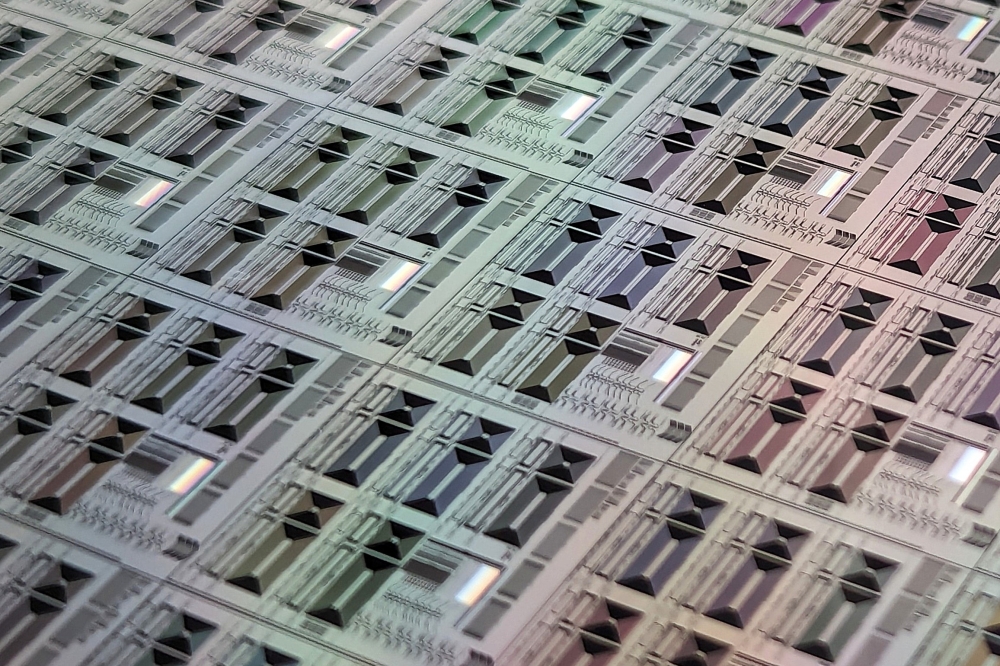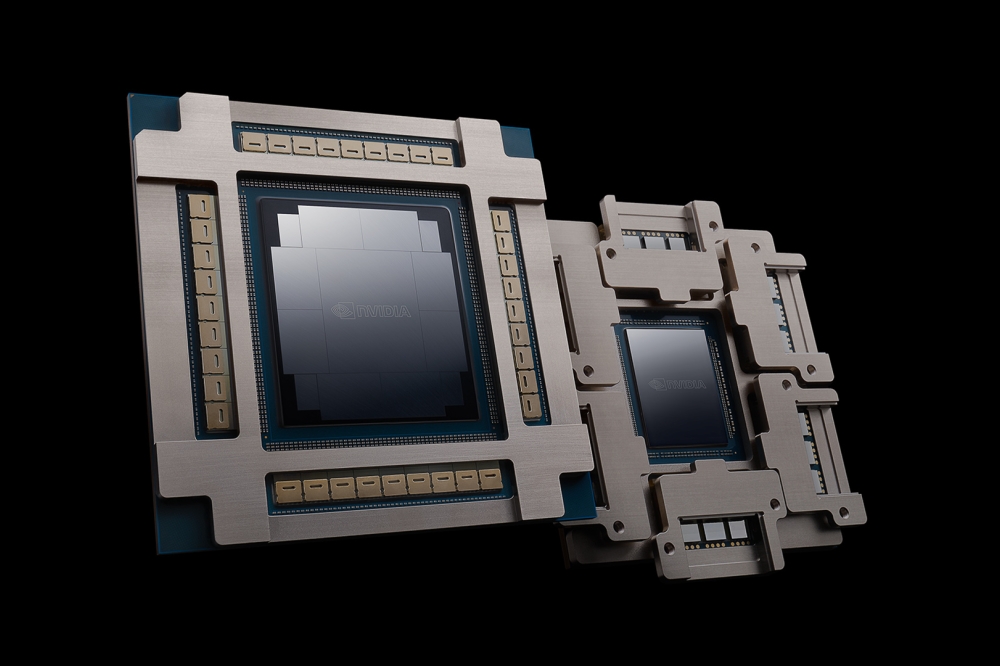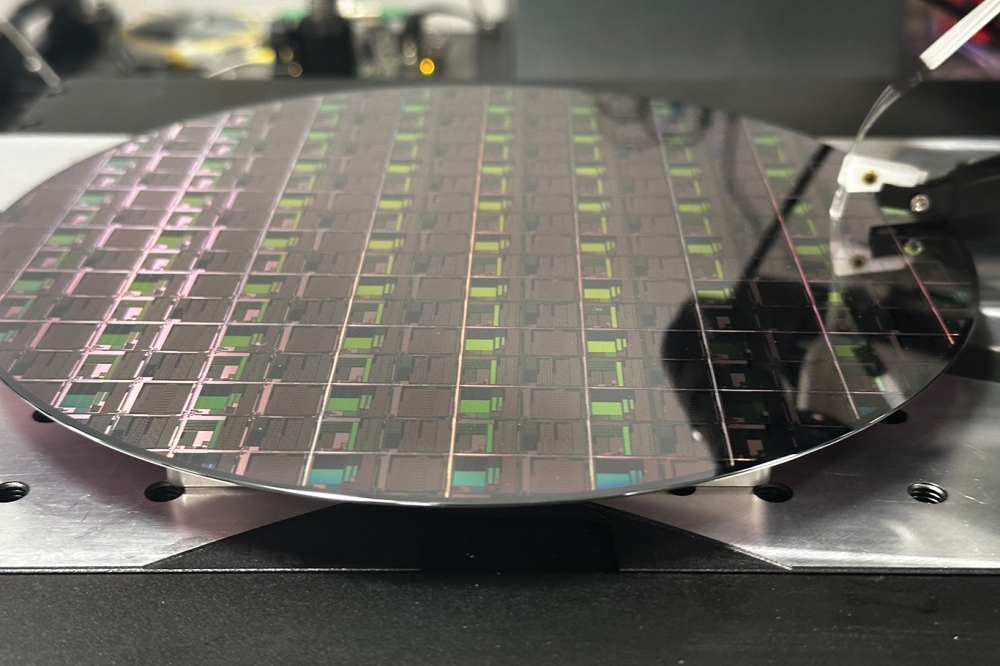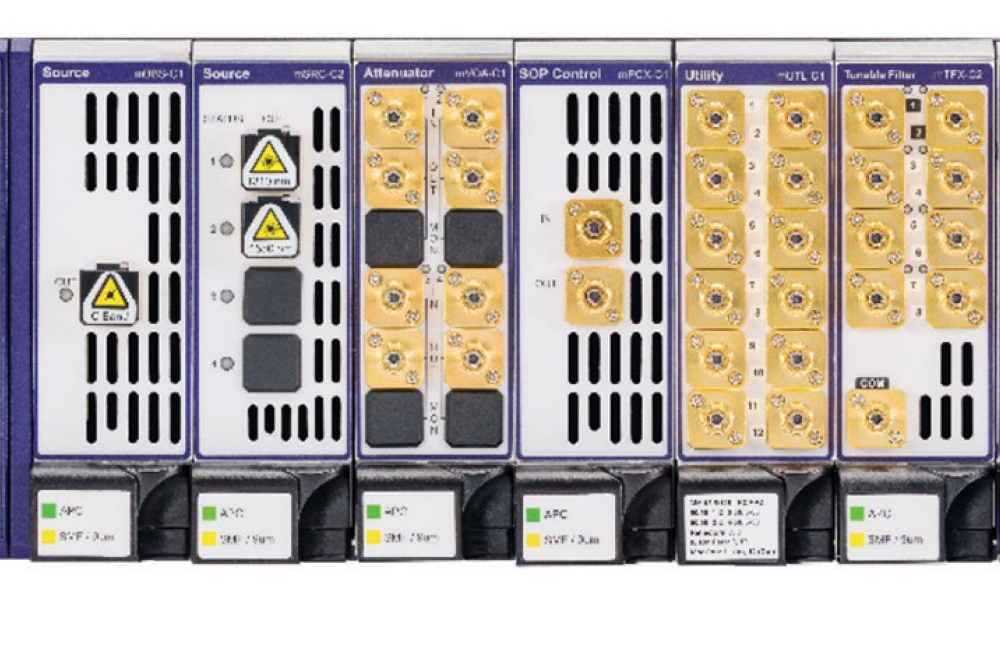CamGraPhIC secures €25 million for graphene transceivers

The start-up says its technology offers higher bandwidth density and exceptional latency performance, while consuming 80 percent less energy than traditional pluggable datacentre optical transceivers
CamGraPhIC, a spin-out from the University of Cambridge that is developing new types of PICs for energy-efficient, high-bandwidth, optical interconnect technology, has raised €25 million in new funding. The start-up is co-founded by Andrea Ferrari, director of the Cambridge Graphene Centre, and Marco Romagnoli former head of Research Sector - Advanced Technologies for Photonic Integration of the Pisa National Inter-University Consortium for Telecommunications (CNIT).
The company plans to use the investment to support continued innovation in graphene photonics transceivers, a technology it says could improve energy efficiency, reduce latency, and increase bandwidth for AI and cellular data transmission.
With the funding, CamGraPhIC will enhance its research and development capabilities and establish a pilot manufacturing line. The facility will demonstrate a scalable mass production process compatible with commercial semiconductor and photonics foundries, the company adds.
The funding round was co-led by CDP Venture Capital, NATO Innovation Fund, Sony Innovation Fund, and Join Capital, with participation from Bosch Ventures, Frontier IP Group plc, and Indaco Ventures.
According to CamGraPhIC, its graphene-based transceivers provide a viable, stable, and scalable alternative to current silicon-based photonics. These transceivers deliver higher bandwidth density, and exceptional latency performance, while consuming 80 percent less energy than traditional pluggable datacentre optical transceivers.
The company says its innovation is particularly effective for transferring large volumes of data between graphic processing units (GPUs) and high-bandwidth memory (HBM), which are fundamental to generative AI and high-performance computing.
The transceivers are designed to operate efficiently across a broad temperature range, eliminating the need for complex and costly cooling systems. Thanks to a simplified device architecture enabled by the integration of graphene into the photonic structure, these transceivers are also more cost-effective to manufacture, CamGraPhIC adds.
Thanks to this funding, the company also aims to expand to applications in avionics, automotive advanced driver-assistance systems (ADAS), and space, where rugged, high-performance transceivers offer significant technical and commercial advantages over existing technologies.
“We are thrilled for this new phase in the journey towards commercialisation of CamGraPhIC groundbreaking and energy-efficient devices, to speed up development of AI hardware, without impacting global emissions,” said Ferrari. “Having Sony, Bosch and NATO as shareholders and board members will help focus the work towards the most relevant applications, including defence and security.”
Romagnoli, now chief scientific officer of CamGraPhIC, added: “With the backing of renowned investors, we are excited to propel towards commercialisation the Graphene Photonics technology to overcome the interconnection bottleneck of regenerative AI processing systems and driving the next leap in scaling bandwidth and reducing energy consumption for the future of optical data communications.”































